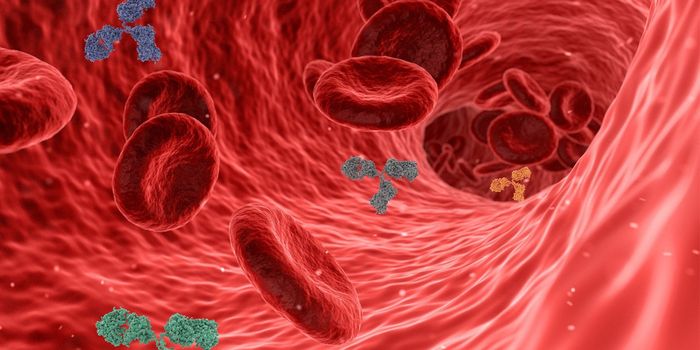Potential Drug Target for Tactile Allodynia
According to research published in the journal Science Translational Medicine in collaboration with a study led by the National Institutes of Health, a new protein found in neuronal cells was identified by researchers at Scripps Research to be implicated in tactile allodynia; a painful sensation caused by light touch and often associated with neuropathy.
Watch Video Below To Learn More about Tactile Allodynia:
The protein identified is PIEZO2 which was originally discovered in the laboratory of Professor Ardem Patapoutian, who worked significantly on the role of allodynia in mice. These studies also confirmed that PIEZO2 was responsible for allodynia in humans. “These two studies provide validation that targeting PIEZO2 could be beneficial in the clinic,” explains Prof. Patapoutian.
During the studies, researchers had used various induction methods for allodynia including the utilization of a neuronal sensitive chemical molecule, capsacin, which is found in a chili pepper, and known to cause inflammation. “We hope that these results will help researchers develop better treatments for managing this common form of pain,” said study author Alexander T. Chesler, PhD, who is also a Stadtman Investigator at the NIH’s National Center for Complementary and Integrative Health (NCCIH).

Furthermore, first author of the study—Dr. Swetha Murthy had examined the research to focus on mice who had gentle reactions to touch after exposure to capsaicin. Findings concluded that non-genetically altered normal mice had experienced allodynia. However, the mice that were altered, or had the PIEZO2 gene “knocked out”, did not experience allodynia by not reacting to the capsaicin exposure. Additionally, the findings were also exhibited in human patients who had mutations in their PIEZO2 gene expression. “It was very gratifying to see this in both studies,” says Dr. Murthy. “It usually takes years to confirm if results observed in mice hold true in humans, so I think it was mutually exciting for both groups.”
The researchers are looking forward to examine exactly how inflammation is implicated with normal touch signals and to determine a cause. They also wish to identify potential molecules that can act as PIEZO2 blockers that may one day relieve patients from neuropathic pain.








